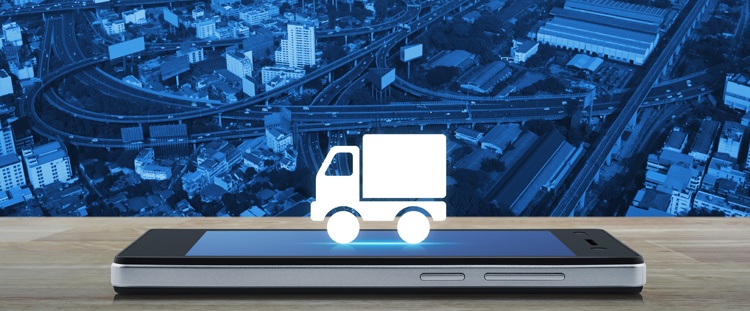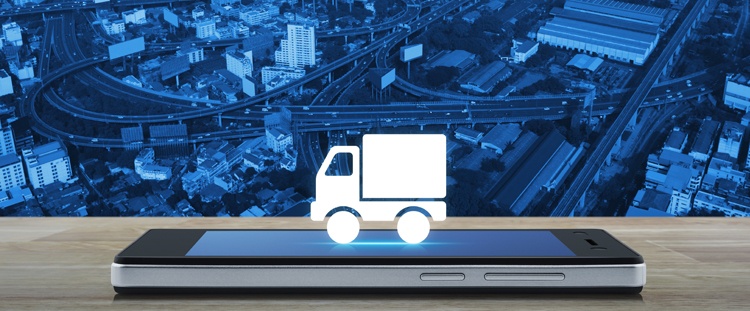
By 2025, megacities and big data technologies will ultimately move supply chain operators into smart logistics solutions. Why?
Route optimization and urban logistics have both benefits and challenges with the way towns are slowly evolving into smart cities. According to Grazia Concilio and Francesca Rizzo, authors of Human Smart Cities: Rethinking the Interplay between Design and Planning.
“A smart city uses information and communications technology (ICT) to enhance its livability, workability and sustainability. In simplest terms, there are three parts to that job: collecting, communicating and “crunching.” First, a smart city collects information about itself through sensors, other devices and existing systems. Next, it communicates that data using wired or wireless networks. Third, it “crunches” (analyzes) that data to understand what’s happening now and what’s likely to happen next.”
However Chile, despite being ranked as the smartest city in Latin America, as an evolving hub for information technologies, only 32% of Chileans have heard of the term according to a GfK Adimark survey.
These statistics came as a knock on the door in August as international experts gathered in Santiago to discuss smart and sustainable cities regarding mobility, transportation systems, technology for growth, innovation, best practices and lessons from successful cases of cities around the globe.
Francisca Astaburuaga, director of the Center for Innovation in Cities from the Universidad del Desarrollo (UDD), tells La Tercera:
“We’ve incorporated technologies in our lives at an amazing speed over the past 10 years, so the question is not if we are going or not to have smart cities, but how do we shape the technology we want to have in future cities.”
How Does A Smarter Supply Chain Come Into The Picture?
The region will also concentrate into megacities. In fact, according to Fundación Pais Digital, the urban population in the Latin America and Caribbean region will approach 81 % by 2020.
Supply chain technologies will not only benefit from smart city technologies; they will depend on them.
Elcio Mendonça, Maria Alvarez, and Maria Montes-Sancho, from the University Carlos III de Madrid, have studied how these cities will change supply chain management.
- The bright side is that, since supply chains are open systems that are mutually dependent on the surrounding environment, they can generate synergies wth the big data generated by the cities.
- The downside is, since smart cities as it implies a smarter use of resources, it “may have some limits with the increasing urbanization.”
“Traffic jams, for example, are inevitable with the current transportation systems, no matter how sophisticated are the technologies employed. At most, damages can be reduced, but not eliminated significantly. Indeed, practices such as congestion charges, low emissions zone (i.e. vehicles shall comply with low emissions requirements or pay a fee), or car‐free policies may affect urban logistics”.
The GfK survey also showed that Chileans looked up to European cities such as Amsterdam as smart solutions.
They’re not far away.
For instance, the Luxembourg Institute for Science and Technology (LIST) has introduced a Smart City Logistics software to help authorities and planners address urban freight in London, Brussels, and Luxembourg. It uses Geographic Information System (GIS) technology to map data on transportation networks, access restrictions, traffic measures, delivery and transport facilities, districts, population, land use and carbon emissions.
Cities will Need Smart Deliveries
A smart city is increasingly turning into a necessity in last mile logistics. Ian Short, Chief Executive at the Institute for Sustainability, claims that the rise in online shopping trends have led to a dramatic increase in freight deliveries, as the urban transport of goods can take between 20 to 25% of road occupancy, leading to traffic congestions and increasing pollution levels.
“ Finding solutions to manage the last mile of deliveries that work for businesses, consumers and the environment requires an integrated understanding of transport, environmental and socio-economic aspects to arrive at sustainable solutions.”
On the other hand, according to market research experts from Frost & Sullivan, the cost of congestion in terms of time wasted in traffic and fuel consumption has risen almost 200% since the 1980s.
The firm calculates that, by 2025, there will be 35 Mega Cities demanding “unique logistics solutions.” To meet that volume, logistics companies must consolidate their delivery and polarize their fleet, and they project that hub and spoke logistics would meet increased digital connectivity, where technologies will be proactive rather than reactive.
“The hubs will be found outside the city (mega hubs even) and then spokes of distribution will be situated near the city. Large trailers will travel to the big warehouses, where products are automatically bundled and sorted, and small-to-medium sized vehicles will travel from the regional city drop off points which are the spokes into the city undertaking all last mile deliveries.”
Are There Smarter Solutions for The Supply Chain?
As Latin America concentrates in smart megacities, they need to address solutions which can rely on the benefits of these connections, 3PL logistics providers need to look at what route optimization can do with some fleet management best practices.
For instance, DHL integrated ORION, an On-Road Integrated Optimization and Navigation program.
The Harvard University professor Stephen Goldsmith says that a truck driver in DHL must make about 120 deliveries per shift. In total, the company makes 16 million deliveries each day, which translates to an “imponderable” number of possible routes.
The program saves:
- 7-8 miles a day per driver.
- 100 million fewer gallons a year.
- US$300 million to $400 million in annual savings.
Is your company ready for smart deliveries in the city?

.jpg)
.jpg)
